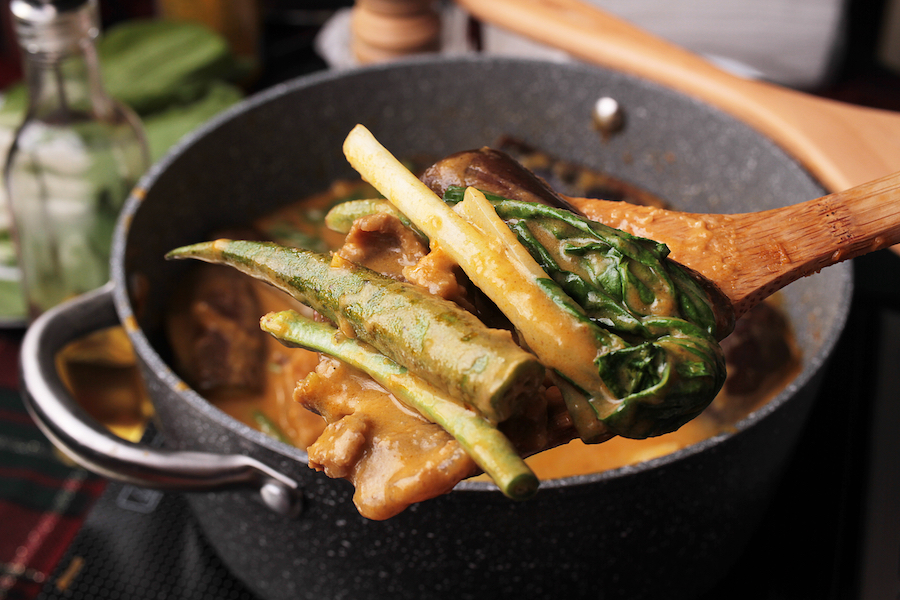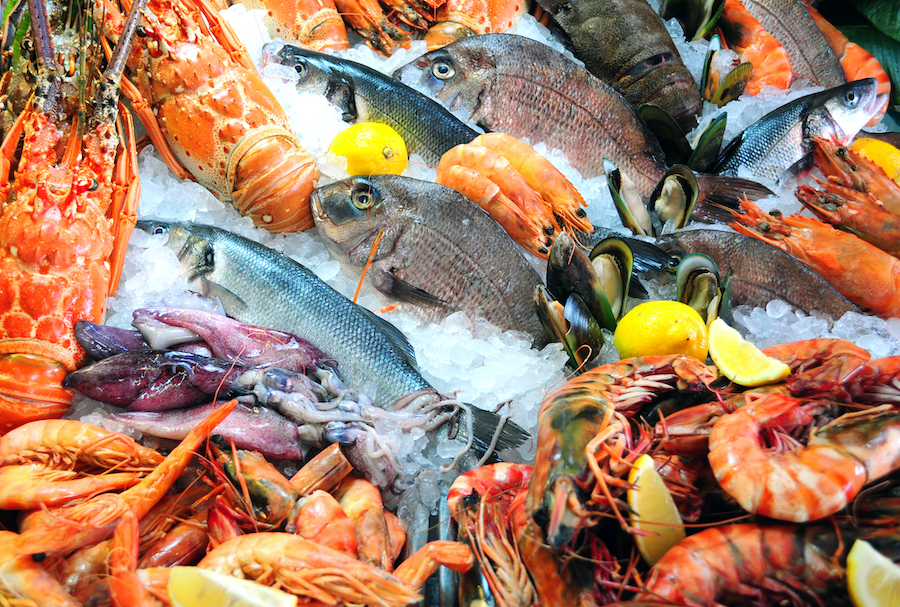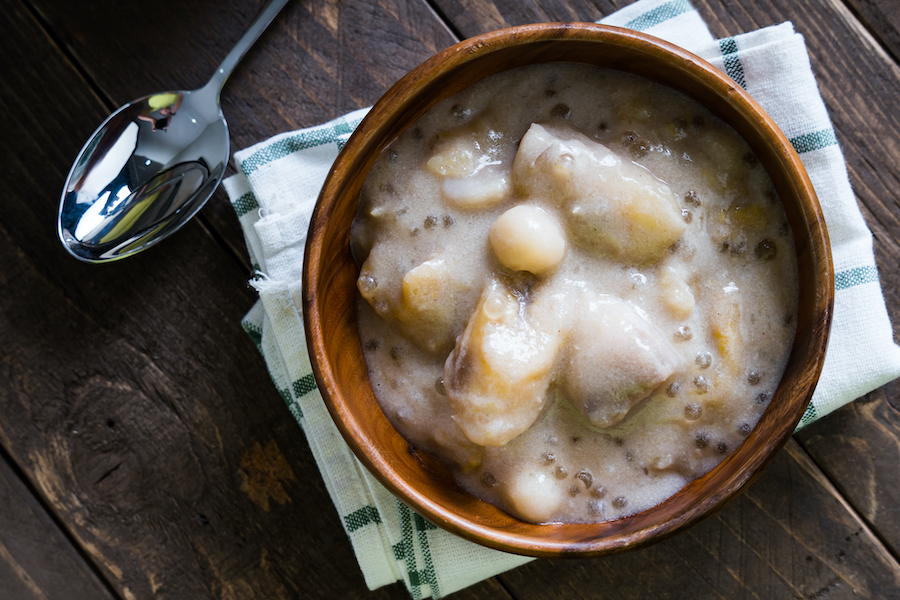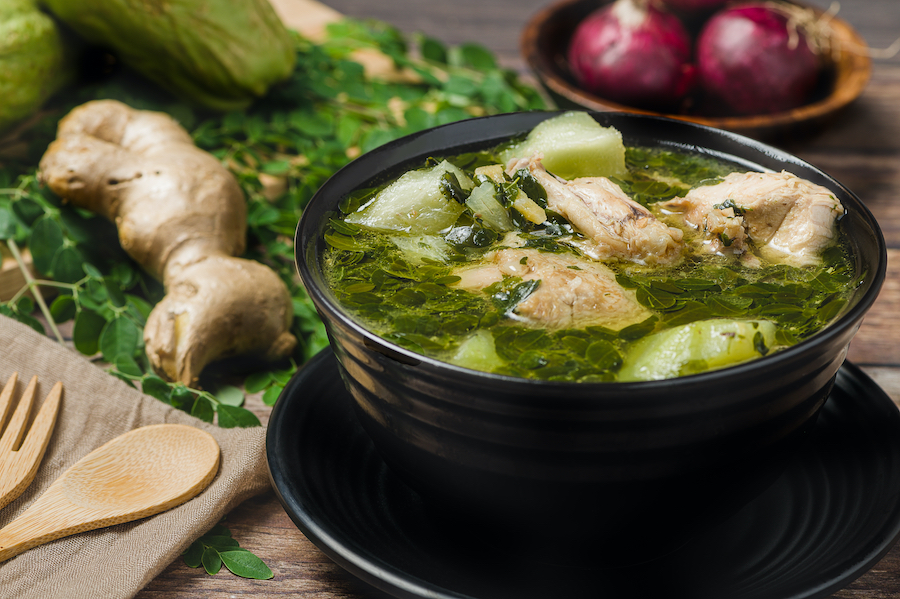Why everyone should learn how to cook
“Barbecue may not be the road to world peace, but it’s a start.”
When I think of Anthony Bourdain, I think of my late grandmother Elisea. Other than being an elegant dresser, mestiza of the gorgeous kind, tall, prim and proper, never an unguarded moment and never a strand of hair out of place, she remains in my memory as a marvelous cook.
She hated doing things partway, between mediocre and perfect, when it came to kitchen magic. While there is no perfect meal, she would say, there is always the perfection of discipline to get things done. Filipino table tradition taught her the discipline of patience, of preparing the meal the way it should be prepared – with more than ample sprinkling of love, dedication to taste, and the gift to choose the appropriate ingredients.

Fresh ingredients are the secret, little man, she would say.
To my Lola Ely, there are just no two ways about it. Either you get your kare-kare right – peanut sauce and all – or you had better leave the kitchen.
I was probably ten, thereabouts, when my Lola Ely first asked me to accompany her to the wet market. Little did I know that I was being groomed to one day know how to cook. Her masterclass in taste included an hour or two at the front row seats to the best ingredients in the house. She regularly visited the grocery for those off-the-cuff nibbles, the much sought-after merienda cena. But for specialty dishes, like sinigang, kare-kare, or my favorite of my Lola’s dishes – bachoy – the wet market is the place to be.
Before I proceed, first a caveat: unlike Bourdain, I’m hardly what you’d call a food writer. There’s so much about its lexicon that I am ignorant of. I envy food writers, like my friend and food historian Ige Ramos and journalist Almas Anonas-Carpio, who can whip up a piece solely for the delight of whetting one’s appetite. I’m not here to do that. This column is more about life lessons which held me in good sway for the better part of my growing up years, believe it or not.
In short, there is something profoundly intellectual about filleting a round scad (galunggong) or a milkfish (bangus).
The first tour of the market was quite an eye opener for me who was barely out of his khakis. Live crabs and prawns were, to my ten-year-old self, the stuff of science fiction for many years. That is, until I saw them in all their shuffling splendor.

I was shocked when a live but fairly small clam – halaan in Filipino – started spitting on my face the moment I drew near it. Forget the pearls. I will never go near a clam of whatever size for the rest of my less-than-marketable life.
Before I forget, my Lola had a taste for catfish or grilled hito. When she saw a couple of live ones being sold at the wet market, she immediately pinched the heads and instructed the seller to place two in a plastic container. She bought the really fat ones. I have not seen a live catfish before, which was why I thought it was a giant leech. With whiskers.
The long and short of it is that I’ve spent pretty much a chunk of my growing up years either at the market or in the kitchen with my grandma wielding the baton or was that the sandok? During those much-celebrated merienda cena, she would rally me and my cousins to assist her in rolling the bilo-bilo for our favorite minatamis na ginataan.

But it was slicing the onions that did me in. “Crying already, little man? May girlfriend ka na ba?” she would say while she pinched my cheeks.
And so, I learned the rubrics of whipping up a really badass kare-kare, which I took a notch higher when I replaced the usual ox tail with scallops, prawns, and crab meat. I have long dispensed with buying freshly-picked tamarind for my sinigang na baboy which my Lola loved to do and instead settled for the powdered version. I replaced the kang-kong with sigarillas and the usual pork slices with beef-pork spare ribs, which, in the aesthetics of cooking, were always a welcome treat.

I maintained her tradition of making tinolang manibalang using sweet papaya so my kids can have a taste of classic Salud family entrees.
Cooking taught me how to improvise, to “wing it,” as Bourdain was wont to say, when money is a little too hard to come by or when life becomes distastefully difficult. It taught me that frying up an omelette doesn’t have to be fancy when the right ingredients are in place – cheap though they are in some people’s estimation. Choosing the right cooking oil is like choosing the right word for an essay or a short story. A lot of thought goes into knowing first what you are putting inside your, or everyone else’s mouth.
Deep-frying a fat chicken leg is, to me, the penultimate in right timing, next to soft-boiling eggs. It taught me to always wait for the precise moment. A minute or two more and you have a burnt fowl on your table. A minute or two less, well, you still have a live one, salmonella notwithstanding. For someone like me whose patience wears thin at the slightest provocation, a perfectly golden fried chicken leg is a moral choice.
Speaking of moral choices, frying a hotdog for breakfast before your morning coffee can really be challenging. Gutting the hotdog in the middle to expose the meat to the boiling oil looks like circumcision gone bad. Presentation is everything in food preparation. Shock value doesn’t work as well in food than in literature.
Childhood’s pivotal years where a million and one hormones darted to a million and one places, parents teaching their children to cook may just be their one chance to staging a masterclass in character building. I’m not referring to television cooking shows where Gordon Ramsay harasses restaurant owners (Kitchen Nightmares) or professional chefs vying for the grand prize (Hell’s Kitchen).
Food is fellowship, communion. When done right, it is mutually assured enchantment. In the same token that a writer respects his or her audience, or a government official his or her constituents, a cook must put the interest of his diners first. You don’t want your dinner table to look like a crime scene.
I’m talking of homegrown lessons to live by. My first experience of a marketing spiel gone desperately askew was in the wet market. My grandma used to remind me, “Never believe what the sellers are saying. Look closely. Check out what’s on the table. Look for the signs of decay. That means the fish or meat is old or contaminated. Rotting meat or fish has a smell. Red eyes, purplish stains on the skin or flesh, blotches. Always choose the fresh ones.”
Who would’ve thought I’d learn critical thinking while buying tilapia.
Food is fellowship, communion. When done right, it is mutually assured enchantment. In the same token that a writer respects his or her audience, or a government official his or her constituents, a cook must put the interest of his diners first. You don’t want your dinner table to look like a crime scene.
The expertise and ardor we put in the preparation of our meals tell us a lot about life in general, and the sort of personality that refuses to let a single morsel go to waste.
No, barbeque is not the road to world peace, not by any stretch of the imagination. But surely, it’s a start.



